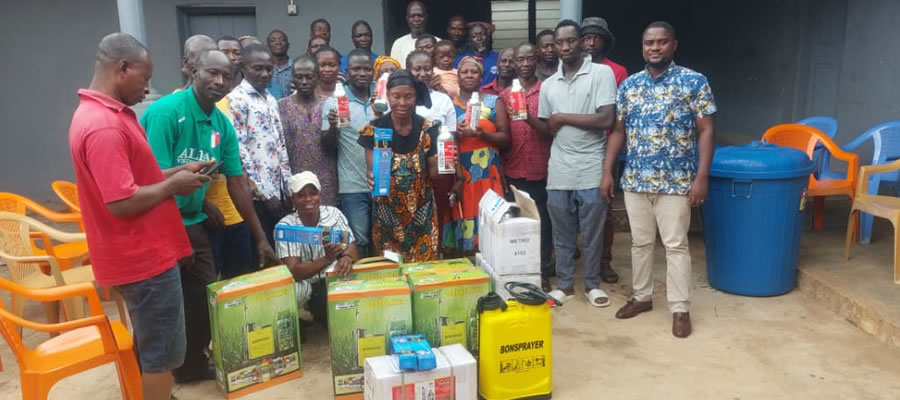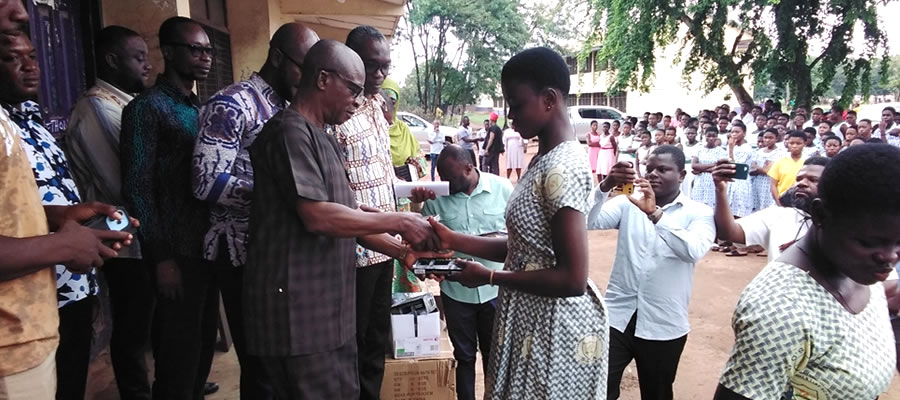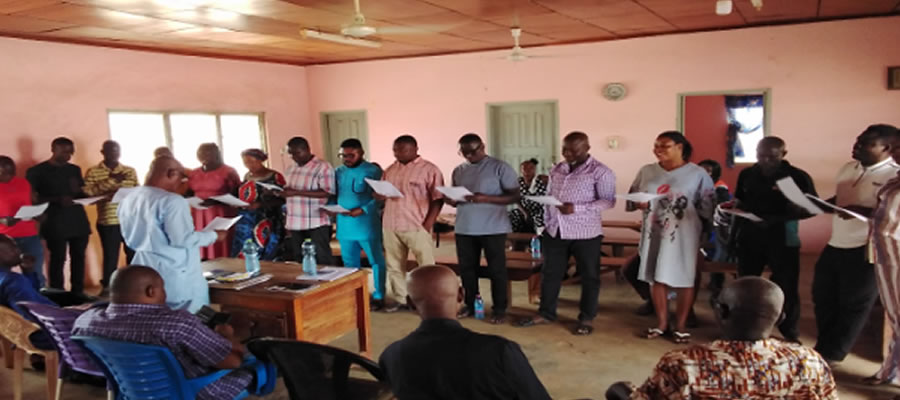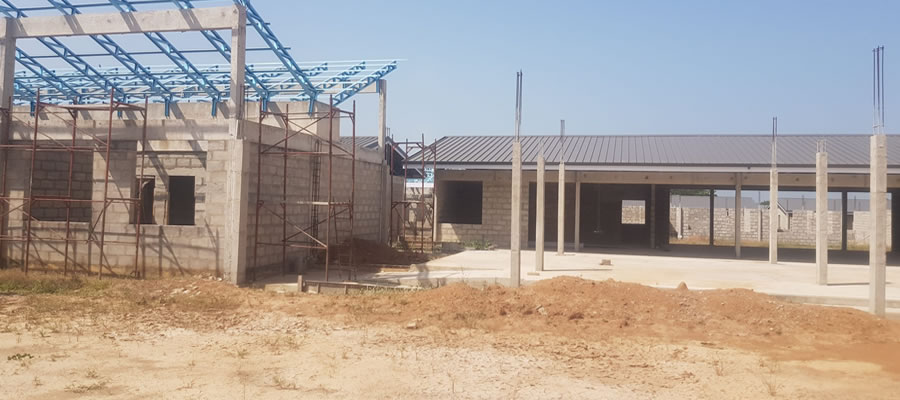

SWMA is a cosmopolitan Municipality with a cross section of many ethnic groups including foreigners with Boron (Brong) being the major ethnic group in the Municipality; three out of every five persons is Boron (Brong) (including Banda). In terms of religious affiliation, four out of every five persons in the Municipality is a Christian.
The Traditional Authority is the embodiment of the culture and customs of the people of the area. SWMA has three paramountcies (Odomase I, Awua-Domase and Nsoatre), Fiapre Traditional Area and a divisional area of Dormaa Traditional Council at Chiraa. In spite of the ethnic and religious diversity of the population, the inhabitants coexist in peace and unity which has supported the socio-economic development of the Municipality.
Sasabobirim festival is celebrated by the chief and people of Awua-Dumase Traditional Area. It is a weeklong annual festival celebrated in November in remembrance of their brave chief who joined Yaa Asantewaa to fight the Europeans in the early part of the 20th Century. The festival provides the platform to mobilize resources from the citizens to undertake development projects.
Ethnicity
With respect to ethnicity, the Municipality is highly homogeneous. The 2000 population and housing census, Ghana Statistical Service, indicates that the Akans constitute 73.5%. Other tribes as Dagbon make up 13.6%, Ewes 3.3%, Guan 0.8%, Gruma 0.6%, Ga Dangbe 2.2%, Grusi 3.5%, Mande 1.5%, and other tribes 1.0%. More than three fifth of Akans in the Municipality are Bono. Asantes and Ahafo are the other two recognizable Akan groups in the Municipality.
Religion
The results the 2000 population and housing census identified Christianity as the largest religious denomination in the Municipality . As indicated in Table 1.3 below Christians formed 70.8% of the population. Moslems represented about 16.1% of the population while Traditional religion accounted for 7.8%. About 5.3% of the populations were atheist.
Date Created : 11/20/2017 4:33:57 AM













 facebook
facebook
 twitter
twitter
 Youtube
Youtube
 +233 593 831 280
+233 593 831 280 0800 430 430
0800 430 430 GPS: GE-231-4383
GPS: GE-231-4383 info@ghanadistricts.com
info@ghanadistricts.com Box GP1044, Accra, Ghana
Box GP1044, Accra, Ghana